The Galapagos Islands First Inhabitants
The First Galapagos Inhabitant
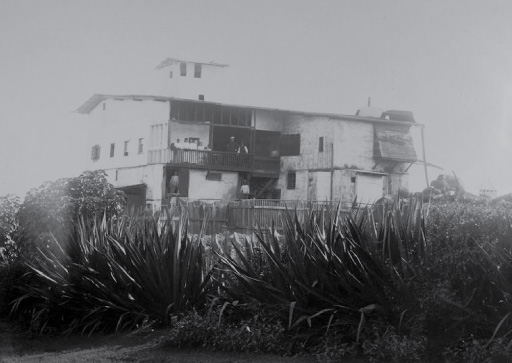
The Irishman Patrick Watkins is considered the first settler of the Galapagos Islands. He was abandoned in Floreana in 1807, as he lived in the wild for two years, growing vegetables on an 8 km² of land in a small valley. He was known to trade his vegetables for bottles of rum with the boats that stopped on the islands and according to an anecdote, he managed to spend most of his time in Floreana.
There are very few stories about Patrick Watkins, the most known is from Captain David Porter's journal. On a trip the latter made to the Pacific Ocean, he arrived in the Galapagos in 1813, four years after Patrick Watkins left Floreana, the stories about him seemed so interesting that he wrote them in his diaries. Captain Porter noted: “From what I have been told of him, this man's appearance was the most horrible one can imagine; tattered clothes, scarce but enough to cover his nakedness, and covered in vermin, a beard and matted red hair, most of his skin burned by constant exposure to the sun, and so wild and primitive in his way of acting and his appearance, which left everyone speechless with dread.
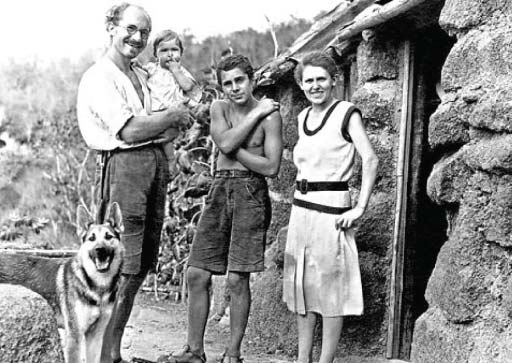
He was very cunning and apparently ripped off other sailors who landed on the island to work for him. His method was simple, he used rum to make them drunk and kept them hidden until the ships they sailed back to sea without them, then he forced them to swear allegiance to him. After several months, he and his men managed to steal a boat from a ship and one day in 1809, they left Galapagos to Ecuador Continental.
The story becomes even weirder the moment he reaches Guayaquil. His traveling companions are believed to have died of thirst or he killed them, as the danger of dying of thirst increased in the open sea. Afterwards Watkins went to Paita, Peru, where he managed to seduce a local woman and convinced her to go back with him to the Galapagos.
The police found him as a suspect and later was taken to prison, they found him hiding under the keel of a small boat ready to go to sea. Thereafter, nothing more was heard of him.
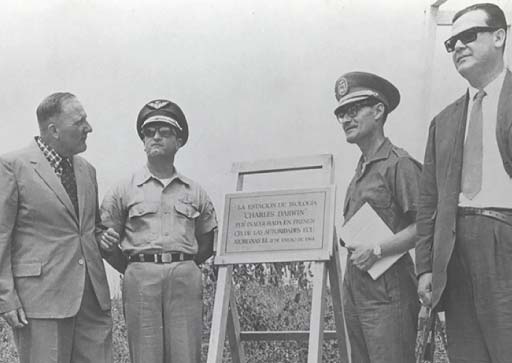
The Official Colonization
Not counting the pirates and whalers who used the islands as a refuge, the archipelago was officially colonized on February 12, 1832. Jose Villamil persuaded the first and recently appointed president of Ecuador, Juan Jose Flores, that the islands should be annexed to Ecuador before another country came up with the same idea.
The president approved the idea and granted Villamil the rights to govern as General Governor of the Galapagos Islands. Villamil sent qualified artisans to build a colony in Floreana, under the supervision of Colonel Ignacio Hernández.
In 1832, when the Galapagos became a province of Ecuador, Colonel Ignacio Hernández recommended that they be used as a prison. The first, penitentiary colonies, were established on the islands of Floreana and San Cristobal; These penitentiary colonies were rather, like open-air prisons, there was no way to escape Galapagos, as the archipelago was surrounded by strong currents, light winds, and shark-infested waters.

The first people to occupy these colonies were exiled soldiers, driven from their homes in Ecuador continental, after the failed coup in 1832, followed by a group of guards of some eighty people.
From 1837 onwards, due to the unfortunate living conditions of the prisoners, the first revolts and uprisings against the guards and authorities occurred, which caused the fall of the guards.
The colonists began to harvest the Orchil moss, to make purple tincture, a business that was not profitable, so they dedicated themselves to livestock. When food resources became scarce in Floreana, settlers scattered across the islands establishing small colonies.
Manuel J Cobos arrived in San Cristobal in 1866 and he became the first owner of the island, he founded the colony called "El Progreso".
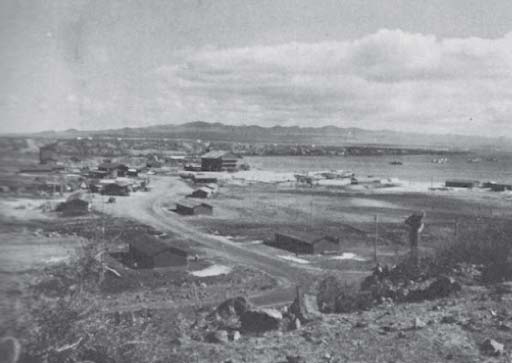
The Official Colonization
In 1879, Cobos decided that sugar cane and coffee would be cultivated in the colony, the coffee plantation was known as "El Cafetal" The Ecuadorian government forced inmates sent from Guayaquil to work the land of the island of the "Cobos Empire "
Cobos was known for being hard with the workers, which is why 1904 the workers rebelled and murdered him. As a consequence, El Progreso and El Cafetal were abandoned for years. The colony, however, remained and San Cristobal continues to be the seat of government in the Galapagos.
In 1893, on the southeast coast of Isabela, Don Antonio Gil established two colonies.
One was named after General Villamil and the other was that of Santo Tomas. Santo Tomas was established to extract sulfur and coral.
There were numerous attempts to make the Galapagos habitable, but none of them were successful. Later, in 1944, when World War II was ending in Europe, the government of Ecuador opened a third prison, this time on the island of Isabela.
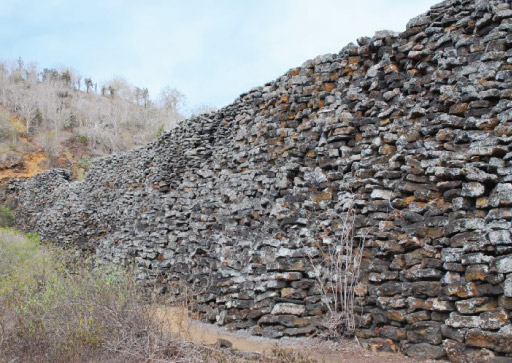
In 1946, 300 prisoners and 30 guards landed at the southern area of Isabela, again living in pitiful conditions, very poor quality housing and very poor nutrition. The prisoners were entrusted with the construction of the "Wall of Tears." As there was not much else to do, they were ordered to build this wall to keep them busy and out of trouble.
The remains of this futile effort can still be seen today near Puerto Villamil. The constant movement of rocks and the poor conditions in which they lived ended up giving rise to a rebellion in 1958 in which the guards were assassinated and many prisoners died. A year later, the Ecuadorian authorities closed the Isabela prison colony.
Then, in 1959, the government of Ecuador sent the first political prisoners to Floreana, and in this way, the use of the Galapagos as a prison came to an end. Scientists and those working in the tourism sector are finally the colonizers of the Galapagos.